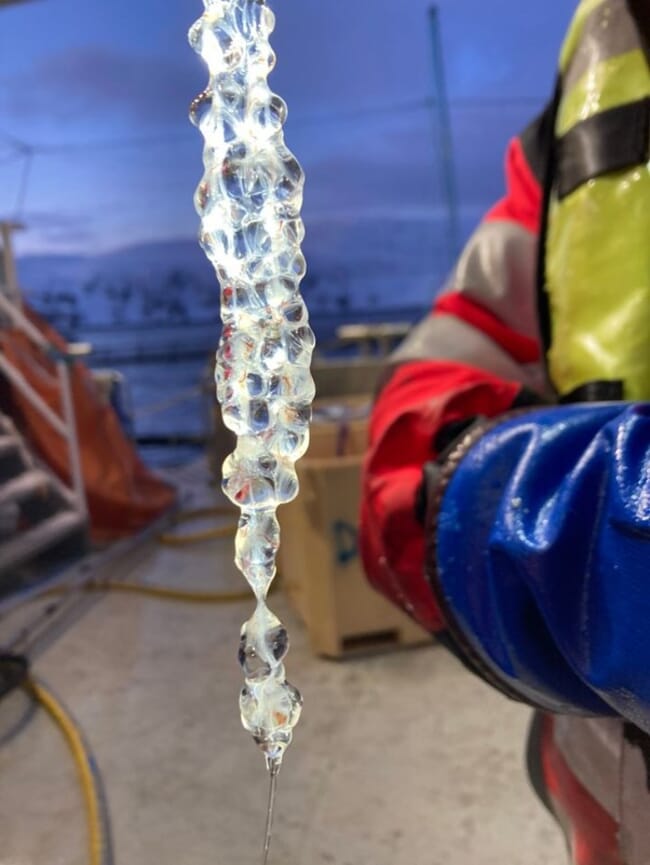
© The Norwegian Food Safety Authority
According to the Norwegian Food Safety Authority, these venomous jellyfish can burn salmon on their skin and gills, can make the fish stressed and exacerbate the impact of other diseases.
The government body says that any fish wounded by the jellyfish must be taken out of the cage and killed in a responsible manner. If it is not possible to take out fish with major damage, the fish farmer must consider whether all fish in the cage must be slaughtered to end their suffering, regardless of whether the authority has ordered this.
"It is not acceptable to enter a new winter where almost half of the fish that are slaughtered have open wounds, as it was last year," said Bård Skjelstad, director of the authority’s aquaculture supervision division, in a media release.
"The most important responsibility the animal owner has in such a situation is to protect the fish from long-term suffering," added Skjelstad.
“Implement preventive measures if they exist, and ensure good preparedness. Fish farmers must be quick to implement measures if they experience an infestation of pearl jellyfish."
In the event of an appearance by the jellyfish, farmers must ensure:
- Regular, systematic monitoring of fish welfare in affected cages in order to assess the extent and development of damage.
- Sufficient slaughter capacity.
- Sufficient capacity for recording and handling dead and injured fish.




